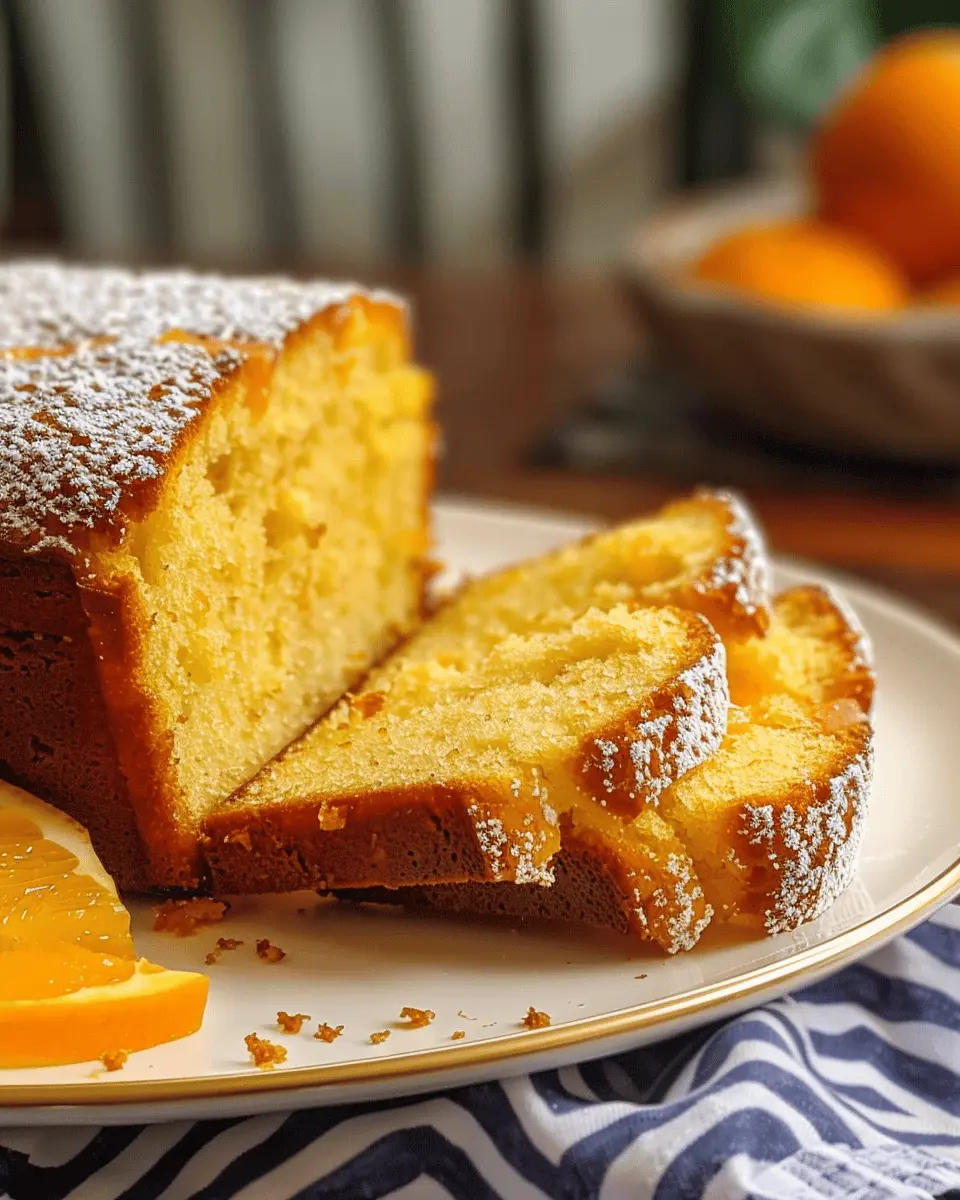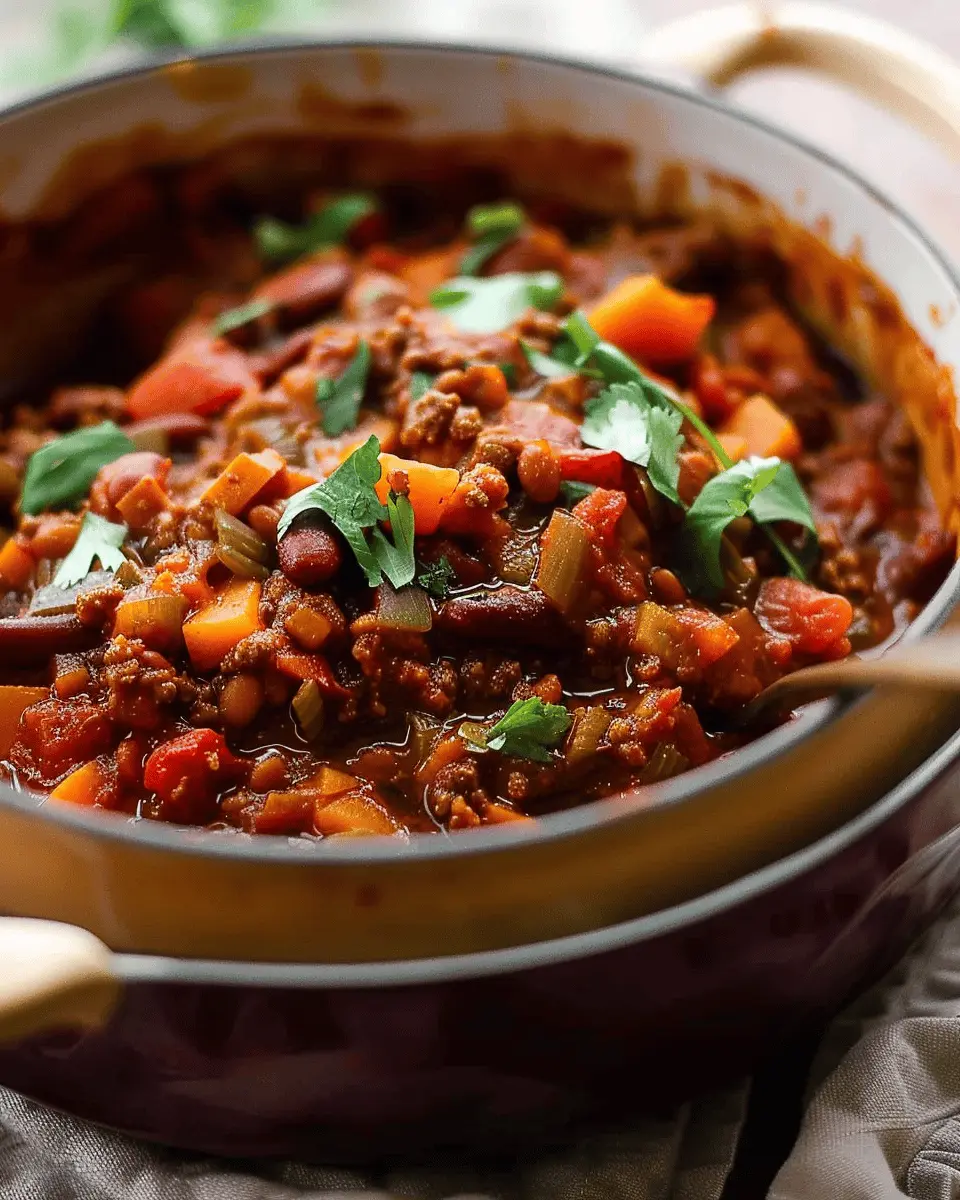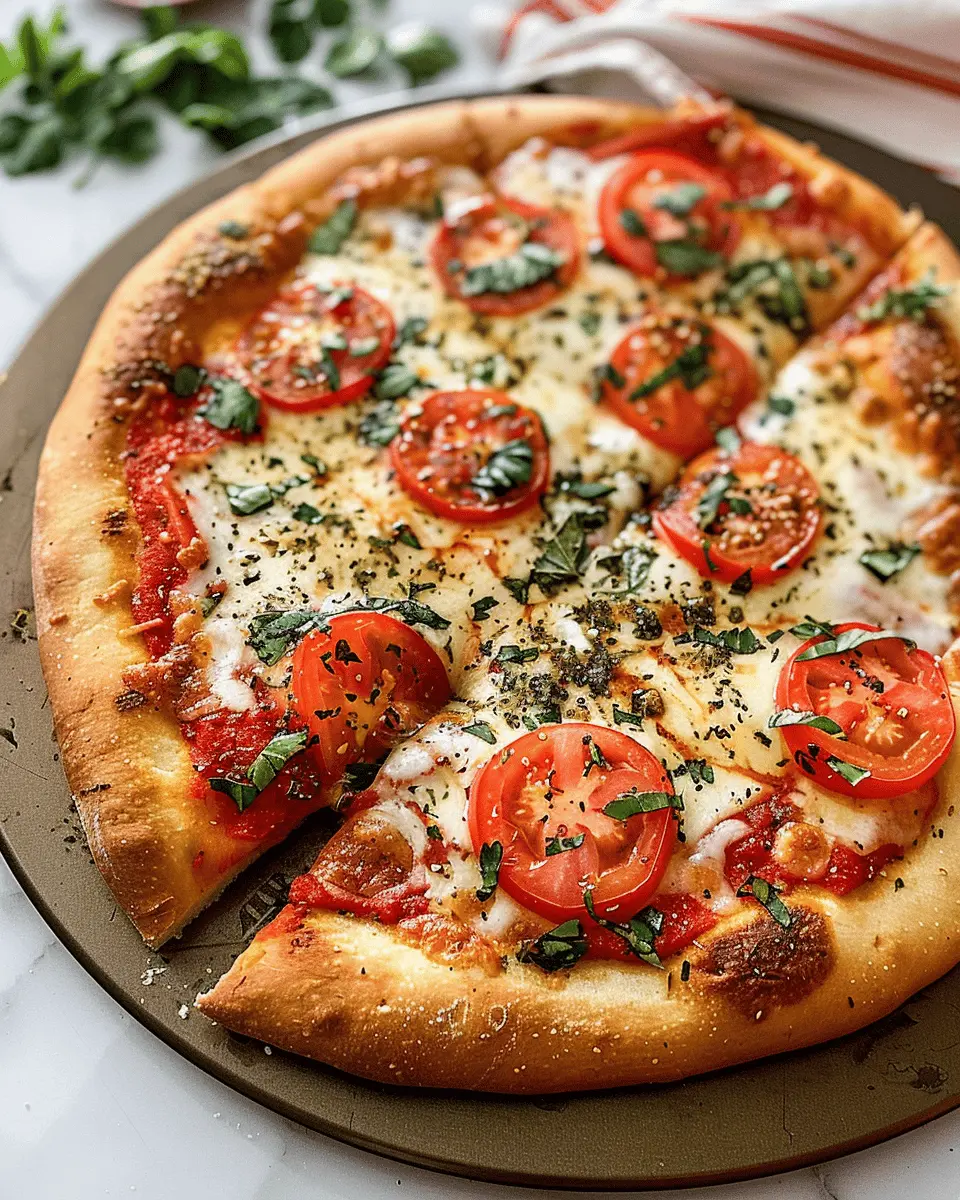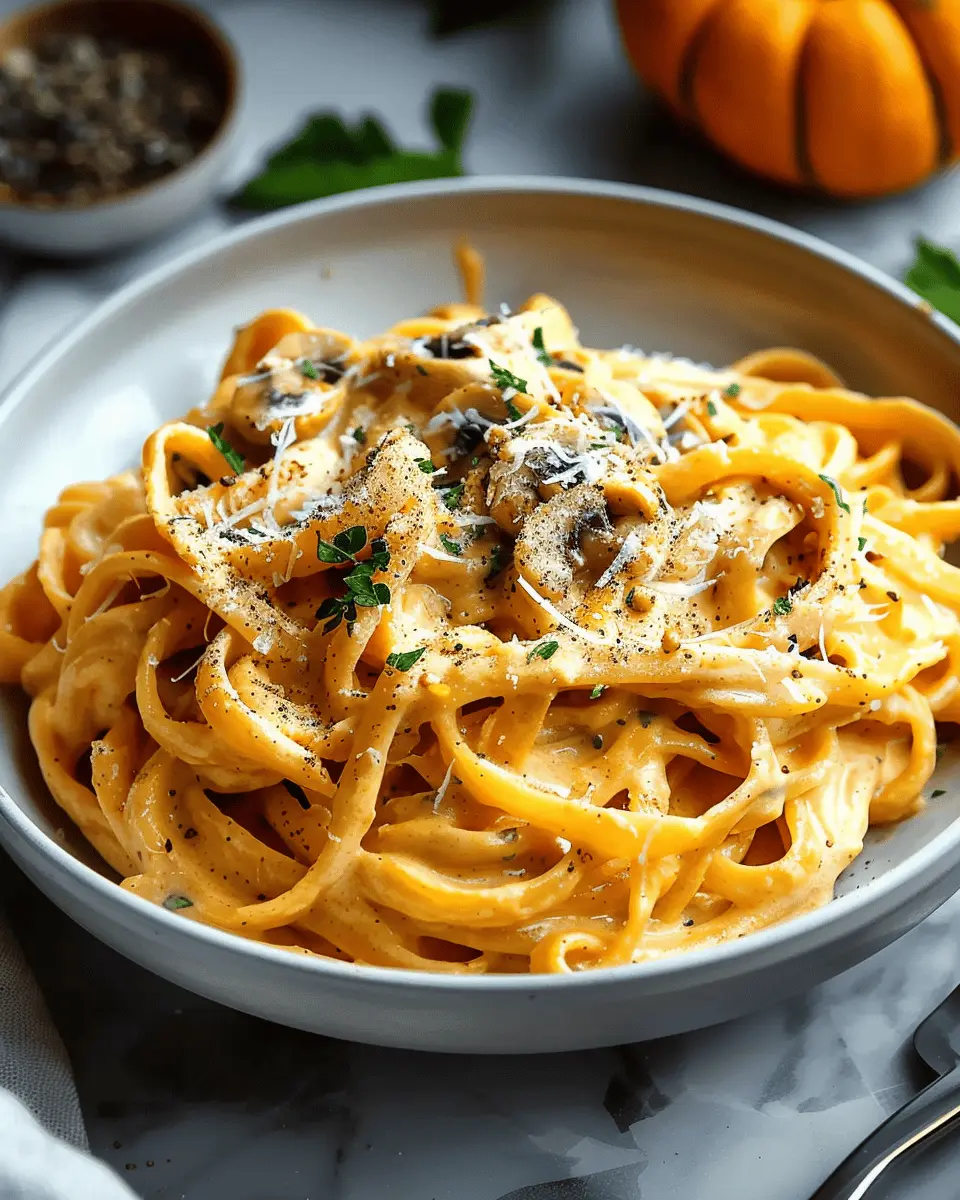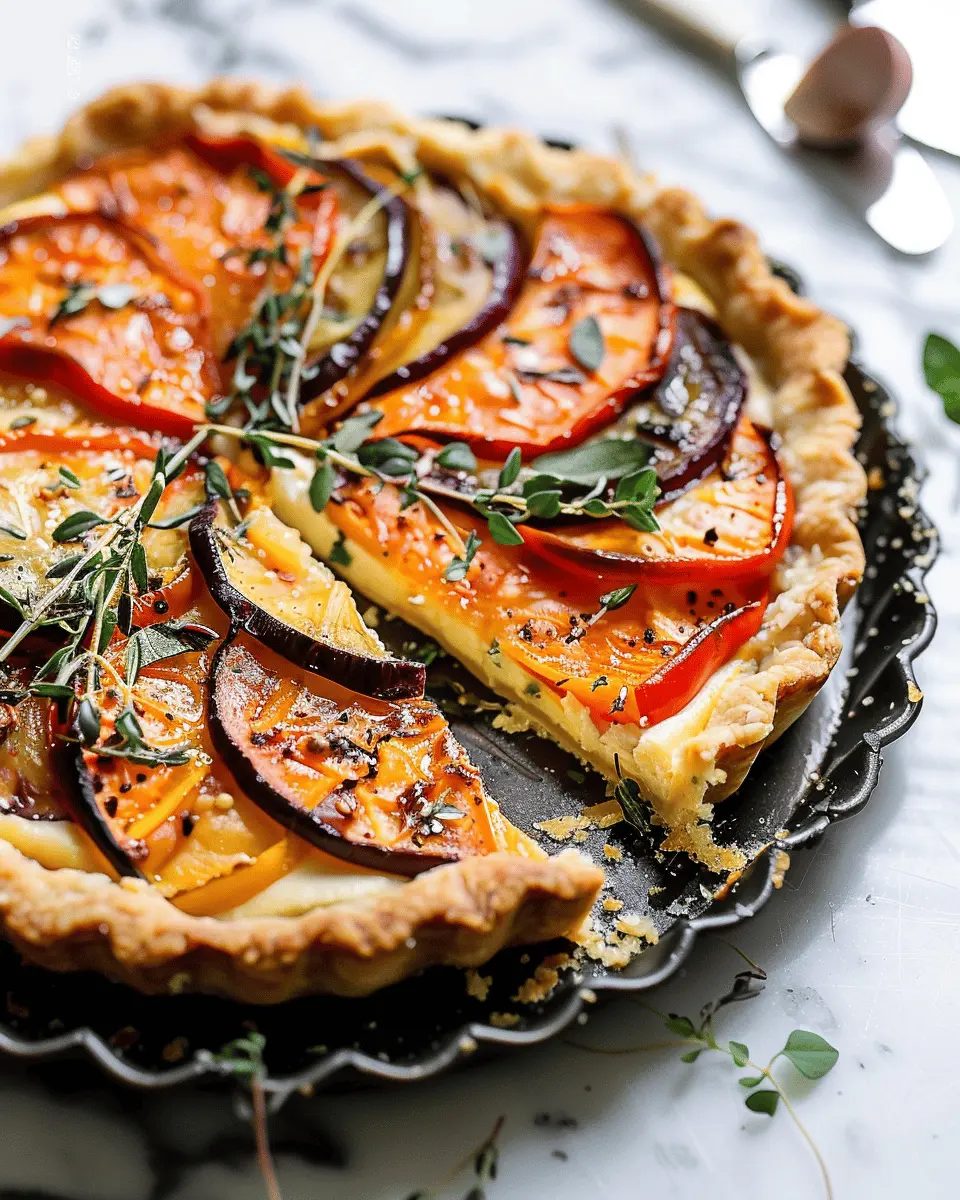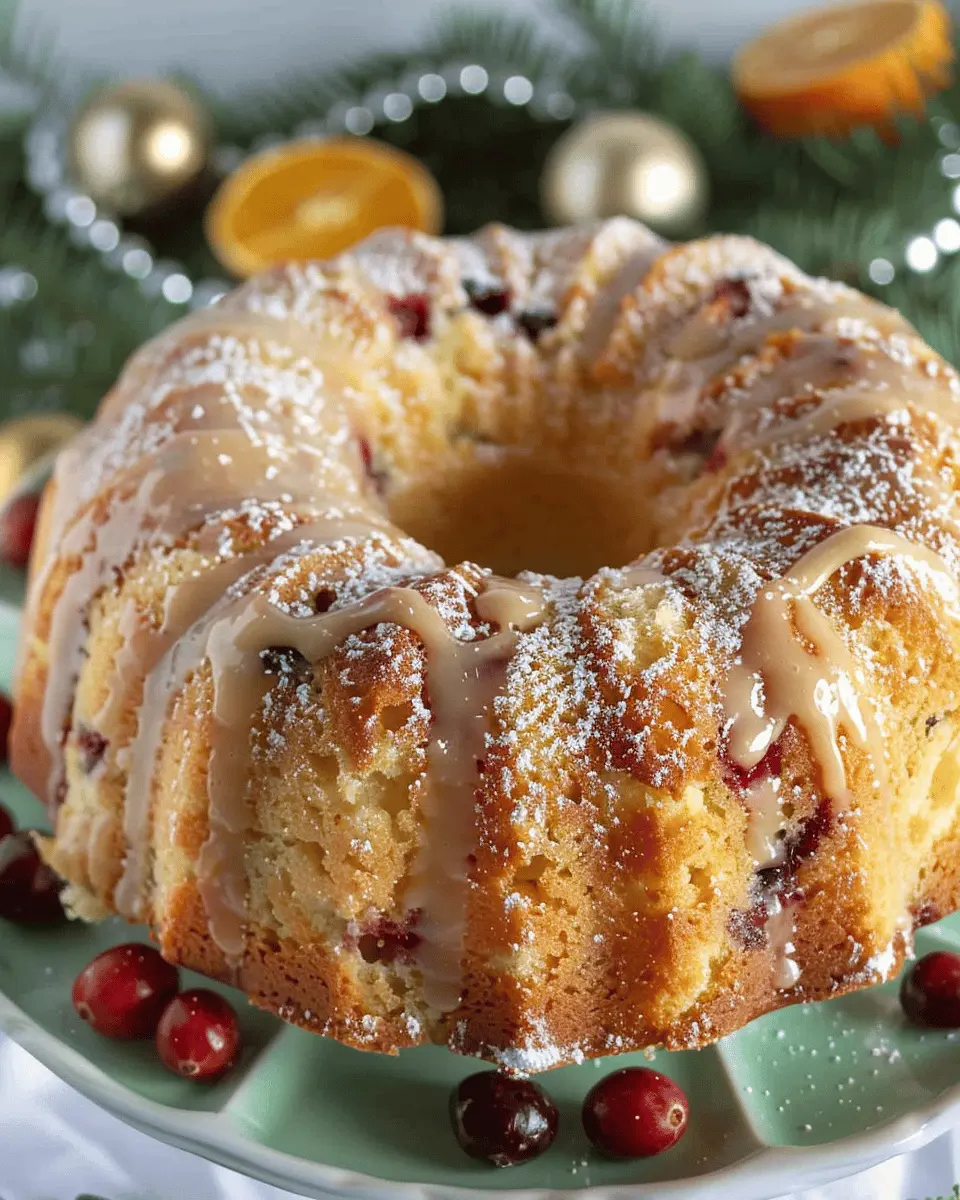Introduction to Orange Loaf Cake
When life gets busy, young professionals often find themselves stuck in a routine of takeout dinners and quick snacks. However, there’s a delightful solution to break the monotony: homemade orange loaf cake. This delicious treat not only fills your kitchen with the tantalizing aroma of fresh oranges but also serves as a versatile companion for your coffee breaks and afternoon cravings.
Why Homemade Orange Loaf Cake is a Game Changer for Young Professionals
Making your own orange loaf cake can be a refreshing change from the daily grind. Think about it: in the hustle of work life, carving out time to bake might seem challenging, but the payoff is immense. You’ll have a delightful, homemade snack that not only satisfies your sweet tooth but also allows you to connect with your culinary creativity.
Here are some reasons why you should try making an orange loaf cake:
-
Simple Ingredients: You likely have most of the ingredients on hand, such as flour, sugar, eggs, and of course, fresh oranges! This means little prep time and less grocery shopping.
-
Healthier Option: Baking at home lets you control the ingredients. You can swap in healthier options or adjust the sweetness to suit your preferences. Plus, using fresh oranges gives your cake a boost of vitamin C!
-
Stress Relief: There’s something therapeutic about baking. Mixing the batter, measuring ingredients, and watching your cake rise can be an excellent way to unwind after a long day at work.
-
Perfect for Sharing: Whether it’s a treat for your office or a gift for a friend, an orange loaf cake presents beautifully. You’ll impress everyone with your baking skills while spreading joy through food.
Intrigued? Dive into this flavorful adventure and discover the secrets to making the perfect orange loaf cake. If you want to learn more about the benefits of home cooking and baking, check out resources like The Kitchn or BBC Good Food.
Get ready to elevate your baking game and enjoy a slice of sunshine any time you please!
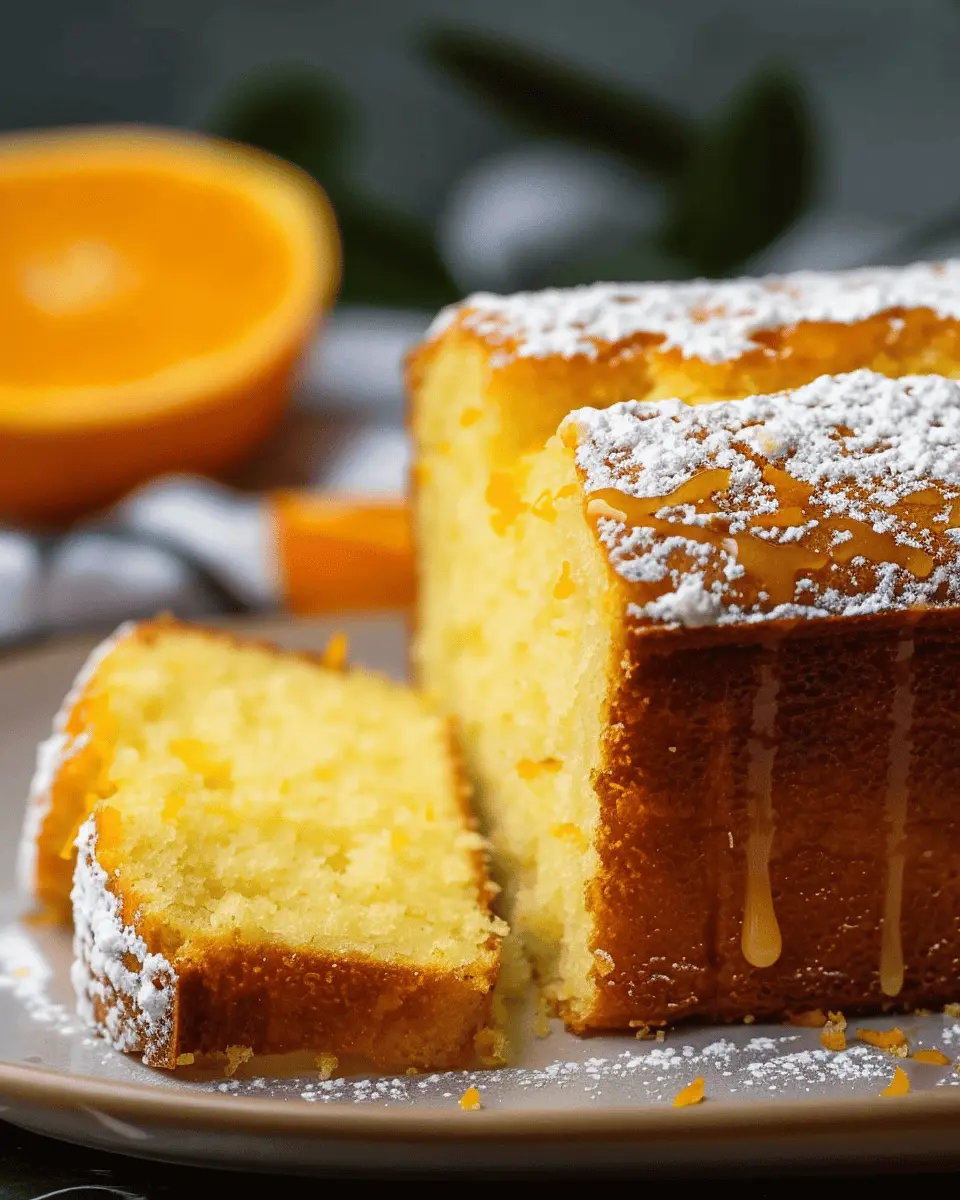
Ingredients for Orange Loaf Cake
Essential ingredients for a flavorful loaf
Baking an orange loaf cake begins with gathering some essential ingredients that bring flavors and texture to life. To start, you’ll need:
- All-purpose flour – 2 cups for the perfect structural base.
- Granulated sugar – 1 cup to sweeten, complementing the zesty orange.
- Unsalted butter – 1/2 cup, softened, for richness.
- Eggs – 2 large, which add moisture and help bind the ingredients.
- Freshly squeezed orange juice – 1/2 cup for that vibrant citrus flavor.
- Zest of one orange – enhances the aroma and adds depth.
- Baking powder – 2 teaspoons to ensure your loaf rises beautifully.
- Salt – 1/2 teaspoon, for balance.
By sourcing high-quality ingredients, you can elevate your loaf cake, making it as delightful as one from a local bakery.
Optional glaze ingredients for added sweetness
To truly make your orange loaf cake shine, consider a lovely glaze. Here’s what you need:
- Powdered sugar – 1 cup for sweetness, easily dissolved.
- Orange juice – 2 tablespoons to create the perfect consistency.
- Zest of half an orange – for an extra burst of flavor.
The glaze will not only enhance sweetness but also give your loaf a beautiful finish. It’s a simple addition that can make a celebrated dessert even more special.
For more insight into creating the best loaf, check out the Food Network for expert tips and tricks!
Preparing the Orange Loaf Cake
Baking an orange loaf cake is not just about following a recipe; it’s about the delightful experience of creating something delightful from scratch. Let’s take it step-by-step to ensure your cake turns out perfectly every time.
Gather and measure your ingredients
The foundation of any great cake is having all your ingredients ready before you start. For an outstanding orange loaf cake, you’ll need:
- 1 ½ cups all-purpose flour
- 1 teaspoon baking powder
- ½ teaspoon baking soda
- ¼ teaspoon salt
- ½ cup unsalted butter, softened
- 1 cup granulated sugar
- 2 large eggs
- Zest and juice of 1 large orange
- ½ teaspoon vanilla extract
- ½ cup buttermilk
Take a moment to measure everything precisely—after all, even a small variation can alter the texture of your cake. If you need tips on measuring flour or sugar correctly, check out this helpful guide.
Combine dry ingredients for the perfect texture
Now that you have everything at your fingertips, begin by whisking together your dry ingredients. In a medium bowl, combine the all-purpose flour, baking powder, baking soda, and salt.
Whisk until these ingredients are well-integrated; this helps create an even texture in your cake. It’s like giving your cake a solid foundation! Plus, the aeration from whisking helps the cake rise beautifully, making it light and fluffy.
Build the wet mixture for maximum flavor
As your dry ingredients are coming together, it’s time to focus on the flavors that will truly make your orange loaf cake sing. In a large mixing bowl, cream the butter and sugar together until light and fluffy—this usually takes about 3-5 minutes with an electric mixer.
Then, add the eggs, one at a time, ensuring each is well incorporated before adding the next. Stir in the orange zest, juice, and vanilla extract. The zest and juice are what give your cake that bright, citrusy flavor, so don’t skimp!
Mix dry and wet ingredients carefully
Once your two mixtures are ready, it’s time to combine them. Gently add the dry ingredients into the wet mixture, alternating with the buttermilk. Start with a third of the dry mix, then add half of the buttermilk, and repeat until everything is combined.
Be cautious not to overmix. This is key to a tender cake. You only want to mix until you see that all the flour is incorporated.
Bake to golden perfection
Now, pour your batter into a greased loaf pan and smooth the top. Preheat your oven to 350°F (or about 175°C) and pop that batter in for around 50-60 minutes, or until a toothpick inserted into the center comes out clean.
Keep an eye on it during the last 10 minutes to prevent over-browning. A great tip is to rotate your loaf pan halfway through baking for even cooking.
Cool and dust with icing sugar (or drizzle glaze)
Once your cake is beautifully golden, remove it from the oven and let it cool in the pan for about 10 minutes. Then, gently transfer it to a wire rack to cool completely.
For an elegant touch, consider dusting it with a light coating of icing sugar, or if you’re feeling adventurous, a simple glaze made from powdered sugar and orange juice can elevate your orange loaf cake to bakery status.
Enjoy the process and the wonderful aroma wafting through your kitchen. There’s something incredibly satisfying about taking the time to bake—you’ll love sharing your creation with friends and family!

Variations on Orange Loaf Cake
Citrus Loaf Cake with Lemon or Grapefruit
Who says orange loaf cake has to stick to just one flavor? If you’re a fan of citrus, experiment with lemon or grapefruit for a delightful twist! Simply substitute half of the orange juice in your recipe with fresh lemon or grapefruit juice. This adds a zesty brightness that pairs beautifully with the sweetness of the cake. For an extra kick, incorporate some zest from your chosen citrus. You’ll find that lemon adds a refreshing tartness, while grapefruit gives a slightly bittersweet note that keeps things interesting.
Add-Ins for a Unique Twist
Looking to elevate your orange loaf cake even more? Consider adding some exciting mix-ins. Here are some fun options to try:
- Nuts: Chopped walnuts or pecans bring a lovely crunch to your loaf, contrasting perfectly with its soft texture.
- Chocolate Chips: For those who can’t resist the combination of chocolate and orange, toss in some dark chocolate chips. The rich flavor complements the citrus and adds a delightful surprise in every bite!
- Dried Fruit: Think raisins or cranberries for a chewy texture and additional flavor. The sweetness of the dried fruit will enhance the overall taste profile.
These variations can take your orange loaf cake from simple to spectacular, making it suitable for any occasion or just a cozy night in. So, which twist will you try first? Whether you stick with tradition or go adventurous, your cake is sure to delight! For more inspiration, check out Food Network’s classic citrus recipes.
Baking notes for Orange Loaf Cake
Tips for maintaining moisture in your loaf
To achieve a delectably moist orange loaf cake, keep these tips in mind:
- Fresh ingredients: Use fresh eggs and unsalted butter for the best texture.
- Don’t overmix: Gently fold in the flour until just combined; overmixing can lead to a dense cake.
- Syrup soak: Consider brushing a simple syrup (made from equal parts sugar and orange juice) over the loaf after it cools for extra moisture.
- Proper storage: Store your cake in an airtight container at room temperature to lock in moisture.
Common baking pitfalls and how to avoid them
Even seasoned bakers encounter challenges, so here are some common pitfalls when making an orange loaf cake and tips on how to sidestep them:
- Not preheating: Ensure your oven is properly preheated. An unheated oven can lead to uneven baking.
- Incorrect measurements: Use a kitchen scale for precision. Incorrect measurements can significantly affect the outcome.
- Overbaking: Keep an eye on the baking time. A toothpick should come out with a few moist crumbs, not completely clean.
For more insightful baking tips, check out The Kitchn. Happy baking!
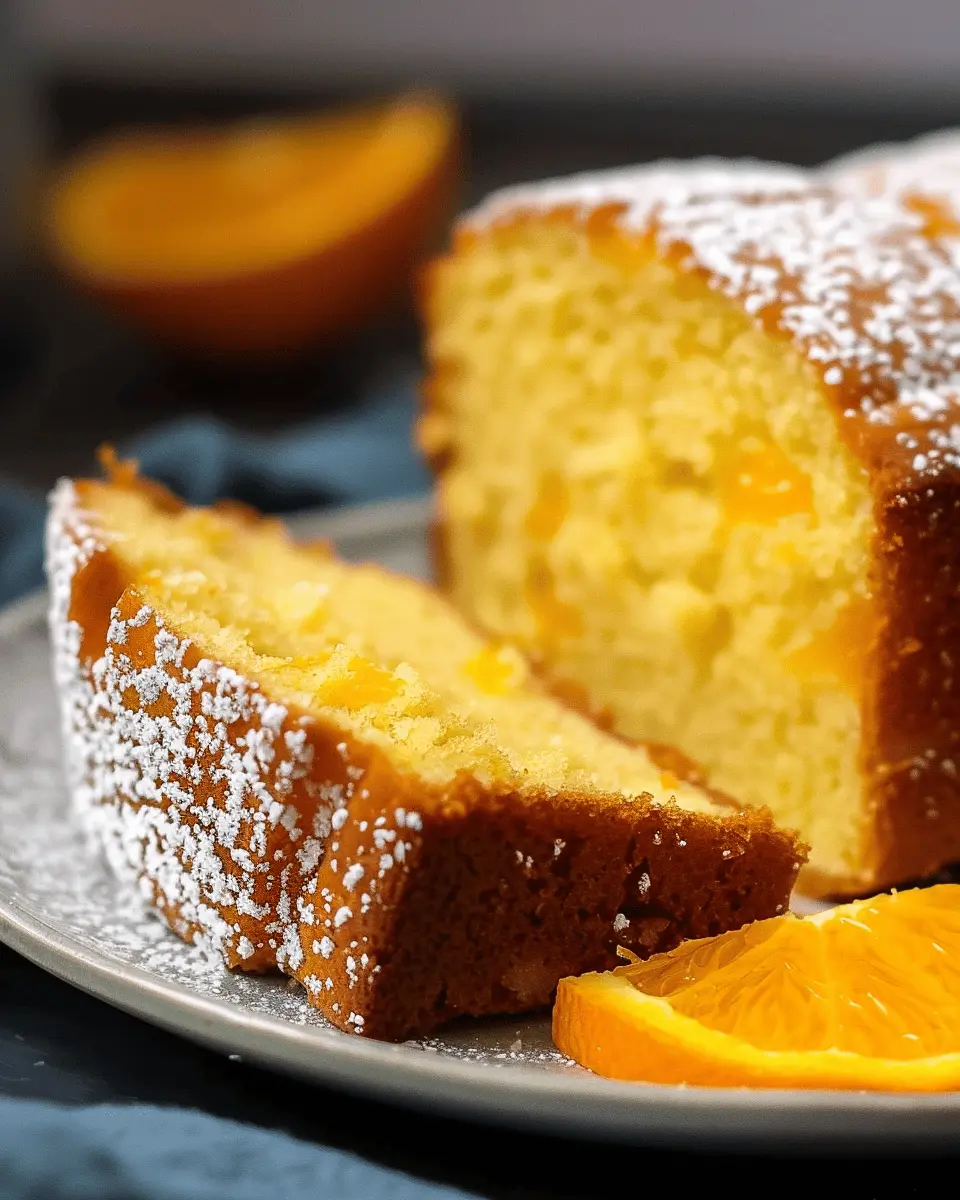
Serving suggestions for Orange Loaf Cake
Perfect pairings for breakfast, dessert, and snacks
An orange loaf cake can elevate any meal or moment, making it an excellent choice for breakfast, a sweet snack, or even dessert. Enjoy a slice in the morning with a steaming cup of coffee or tea for energizing bliss. Pair it with creamy Greek yogurt and fresh berries for a delightful burst of flavors.
For a mid-afternoon pick-me-up, consider serving it alongside a refreshing iced herbal tea or fresh-pressed juice for an invigorating treat. If you’re looking to savor it after dinner, a scoop of vanilla bean ice cream drizzled with orange syrup complements the citrusy notes beautifully.
Looking for tips on healthy meals? Check out Healthline’s balanced meal suggestions.
Creative ways to serve and present
When it comes to presentation, your orange loaf cake can shine bright. Consider dusting the top with powdered sugar or using a zesty orange glaze for a polished look.
For an eye-catching display, slice the loaf and arrange it on a colorful platter. Garnish with thin orange slices and fresh mint leaves for that added touch of elegance. You could even serve it in individual slices, topped with whipped cream, at parties or gatherings.
Remember, your service style can set the mood, so don’t shy away from using creative serving dishes or decorations that resonate with your personal style!
Time Breakdown for Orange Loaf Cake
Preparation Time
To whip up your orange loaf cake, set aside about 15 minutes for preparation. This includes gathering all your ingredients, zesting the oranges, and mixing the batter. A little organization goes a long way!
Baking Time
Now, let’s move on to the baking, which will take roughly 50-60 minutes. You’ll want to preheat your oven to ensure that perfect golden crust. Just imagine the aroma wafting through your kitchen as it bakes!
Total Time for the Ultimate Orange Loaf Experience
In total, you’re looking at about 1 hour and 15 minutes to indulge in the deliciousness of your homemade orange loaf cake. Sit back, relax, and enjoy a slice with your favorite tea or coffee—it’s the perfect afternoon treat. For further reading on baking times, check out resources like Serious Eats or Bon Appétit for general baking insights.
Nutritional Facts for Orange Loaf Cake
Calories per Serving
If you’re indulging in a slice of orange loaf cake, you can expect it to contain approximately 250-300 calories per serving, depending on the specific ingredients and portion sizes used. While this is a delightful treat, it’s good to enjoy it mindfully as part of a balanced diet.
Breakdown of Key Nutrients
This orange loaf cake isn’t just a sweet treat; it also packs essential nutrients that can enhance your snack time:
- Carbohydrates: Roughly 35-45g, providing quick energy.
- Fat: About 10-15g, mostly from healthy oils or butter.
- Protein: Around 3-5g, contributing to your daily protein goals.
- Fiber: Contains 1-2g, thanks to the addition of oranges which aids in digestion.
Understanding these values can help you balance your diet while enjoying your favorite desserts!
For more on the nutrient benefits of oranges, check out resources from the USDA FoodData Central. It not only enriches your culinary experience but allows you to make informed choices.
FAQs about Orange Loaf Cake
How can I ensure my loaf cake comes out moist?
To achieve a beautifully moist orange loaf cake, here are a few tips:
- Use Fresh Ingredients: Opt for fresh orange juice and zest. The oils in the zest add incredible moisture and flavor.
- Don’t Overmix: When combining your wet and dry ingredients, stir just until they’re incorporated. Overmixing can lead to a dense loaf.
- Check Baking Times: Every oven is different. Keep an eye on your cake, and test for doneness using a toothpick inserted into the center.
Can I substitute ingredients for dietary needs?
Absolutely! The orange loaf cake recipe is quite flexible. Here are some common substitutions:
- Gluten-Free: Use a gluten-free all-purpose flour blend instead of regular flour.
- Dairy-Free: Swap in almond milk or oat milk for regular milk; use a dairy-free butter or coconut oil.
- Sugar-Free: Consider using a sugar substitute like Stevia or Erythritol; however, be mindful to adjust quantities based on the sweetener.
These changes keep the essence of the cake while catering to dietary restrictions.
What’s the best way to store leftovers?
To keep your orange loaf cake fresh and tasty:
- Room Temperature: Store it in an airtight container at room temperature for up to 3 days.
- Refrigeration: For longer storage, wrap it tightly in plastic wrap and place it in the fridge for a week.
- Freezing: You can freeze slices for up to 3 months. Just ensure they’re well-wrapped to avoid freezer burn.
For more tips on cake storage, consider checking resources like The Spruce Eats for additional insights. Enjoy your baking!
Conclusion on Orange Loaf Cake
Final thoughts on making this delightful treat at home
Baking an orange loaf cake at home is not just about the end result; it’s an enjoyable experience from start to finish. The zesty aroma of fresh oranges fills your kitchen, instantly uplifting your spirits. Plus, this cake is incredibly versatile—it can be a charming breakfast companion or a delightful afternoon snack.
Don’t hesitate to tweak the recipe; experiment with adding nuts or substituting different citrus for unique flavors. Trust me, your creative touches will make it even more special!
For more baking tips and delicious recipes, check out websites like King Arthur Baking or Bon Appétit. Happy baking!
PrintOrange Loaf Cake: The Best Easy Recipe for Citrus Lovers
This Orange Loaf Cake is the perfect treat for citrus lovers, combining a moist cake with a burst of orange flavor.
- Prep Time: 15 minutes
- Cook Time: 60 minutes
- Total Time: 75 minutes
- Yield: 8 servings 1x
- Category: Desserts
- Method: Baking
- Cuisine: American
- Diet: Vegetarian
Ingredients
- 2 cups all-purpose flour
- 1 cup granulated sugar
- 1/2 cup unsalted butter, softened
- 3 large eggs
- 1/2 cup orange juice
- 1 tablespoon orange zest
- 1 teaspoon baking powder
- 1/2 teaspoon baking soda
- 1/4 teaspoon salt
Instructions
- Preheat the oven to 350°F (175°C).
- Grease and flour a loaf pan.
- In a mixing bowl, cream together the butter and sugar until light and fluffy.
- Add the eggs one at a time, mixing well after each addition.
- Stir in the orange juice and zest.
- In another bowl, whisk together the flour, baking powder, baking soda, and salt.
- Gradually add the dry ingredients to the wet mixture, stirring until just combined.
- Pour the batter into the prepared loaf pan.
- Bake for 50-60 minutes, or until a toothpick comes out clean.
- Let the cake cool in the pan for 10 minutes before transferring to a wire rack to cool completely.
Notes
- For extra flavor, consider adding a glaze made of powdered sugar and orange juice on top of the cooled cake.
Nutrition
- Serving Size: 1 slice
- Calories: 250
- Sugar: 20g
- Sodium: 200mg
- Fat: 10g
- Saturated Fat: 6g
- Unsaturated Fat: 3g
- Trans Fat: 0g
- Carbohydrates: 35g
- Fiber: 1g
- Protein: 4g
- Cholesterol: 80mg
Keywords: Orange Loaf Cake, Citrus Cake, Easy Cake Recipe
